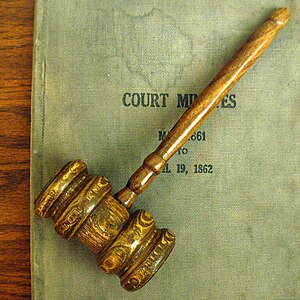 |
| Seal of the United States Department of Education (Photo credit: Wikipedia) |
I am a fan of mediation as a mechanism for resolving special education disputes. Unlike due process hearings or state complaints, mediation is well suited to deal with the relationship issues that arise in these conflicts. We are talking about the education of a child, and as we know, it takes a village...
You can hear and actually see me address this topic and others as a part of "Voices From the Field," a collection of viewpoints from people in the special education dispute resolution field. The videos are located on the CADRE website. You can find mine here.
The federal Office of Special Education Programs has reiterated that IDEA mediation cannot be used in the situation where a parent revokes consent for special education services. The regs already say that, but I wondered whether mediation could be used if the goal was not to override the parent, but instead to insure that the revocation decision was based upon informed consent if the parents agreed. OSEP said no, that IDEA mediation could not be used even if the parents agree. Letter to Gerl (OSEP June 6, 2012). By the way, this is the second Letter to Gerl so now I'm really famous! Autographs are available!
















































